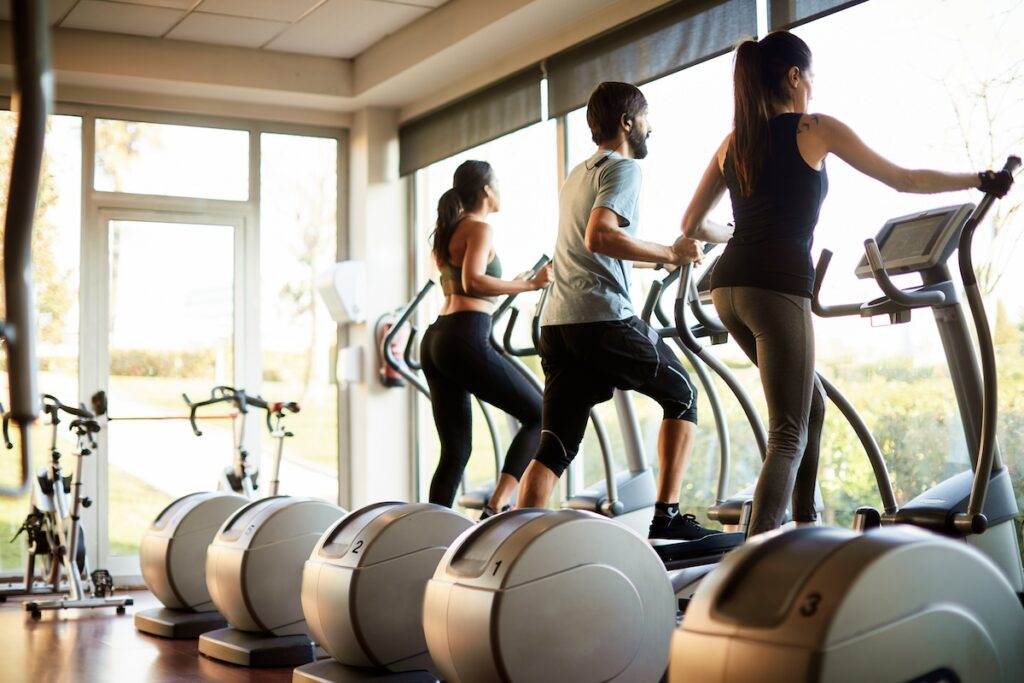Injury-prone runners have long discovered the magic behind cross-training–a loophole in building fitness for running that doesn’t actually require running. In most cases, it took having a significant injury and resorting to whatever forms of training are left that don’t cause pain or further damage. Biomechanical irregularities, such as over/underpronation, uneven hips or a pelvic tilt significantly increase the toll that the impact from running has on your joints and with it, your risk of injury. Knowing their body is more susceptible to overuse and overcompensation, these “quirky” runners are extra careful to substitute water running, cycling, swimming or using the elliptical into their weekly training.
Parker Valby, six-time NCAA champion over 3K, 5K and 10K distances at just 21 years old, continues to shock everyone as they discover she only runs twice a week. After dealing with several stress fractures, she concluded that running itself was what was putting her on the sidelines. To supplement the running she could not do during that injury period, and to prevent further injury, Valby turned to alternative methods for staying fit.
Unlike her teammates and competitors, whose five to six runs weekly total anywhere from 70 to 100 kilometres, Valby’s remaining mileage falls between 48 and 64 kilometres in her two to three running sessions per week. To build her aerobic fitness, she mixes in six to eight sessions either swimming or using the arc trainer, which is similar to the elliptical but more biomechanically correct, allowing more upright posture and reducing stress at the knee. Despite falling behind her peers in time and distance on her feet, Valby has seen more success than almost any other female athlete in the NCAA.
Many still say that Valby’s training methods are unconventional or that she is a rarity. But why? The effectiveness of cross-training does not stop with the Florida native. Keely Hodgkinson, a 22-year-old track phenom over 800m, also sees a benefit to staying off her feet and keeping her easy days easy. Hodgkinson skips long runs, completing two full running sessions per week, one day fully on the elliptical, and combining both on the remaining three days. Similar to Valby, Hodgkinson has experienced stress responses with too much impact, and finds she can maintain, or build, her cardiovascular fitness with other methods, without breaking down her body. Emphasizing quality over quantity has led the British middle-distance runner to countless European and Diamond League titles and a handful of world medals.

If cross-training works has supported the performances of world-class athletes competing in long sprints to long distance, why is it still so unorthodox? Remember that running a little bit is better than not running at all. Sure, running can make you fit, but it can also put you on the sidelines when you least expect it. Cross-training offers an opportunity to get fit while staying healthy, and is a safe way to build aerobic volume and intensity. It doesn’t just have to be a substitution for running during injury when you have no other choice; it can be preventative to avoid being forced to pause activity in the first place.

A guideline for when you should consider swapping out a run for a swim or bike is discomfort that carries over from running into your daily routines. If you are wincing getting out of bed or walking down the stairs, your body is probably not very happy with you. Continuing to run at a high volume can cause your muscles to compensate in funny ways to protect the area that is aggravated, creating more harm. Cross-training isn’t supposed to be a punishment – it can be a social activity with a nice change of scenery. Cross-country skiing, snowshoeing and hiking are not as mainstream, but still provide the same aerobic benefits as hitting the pool or the cardio machines.

